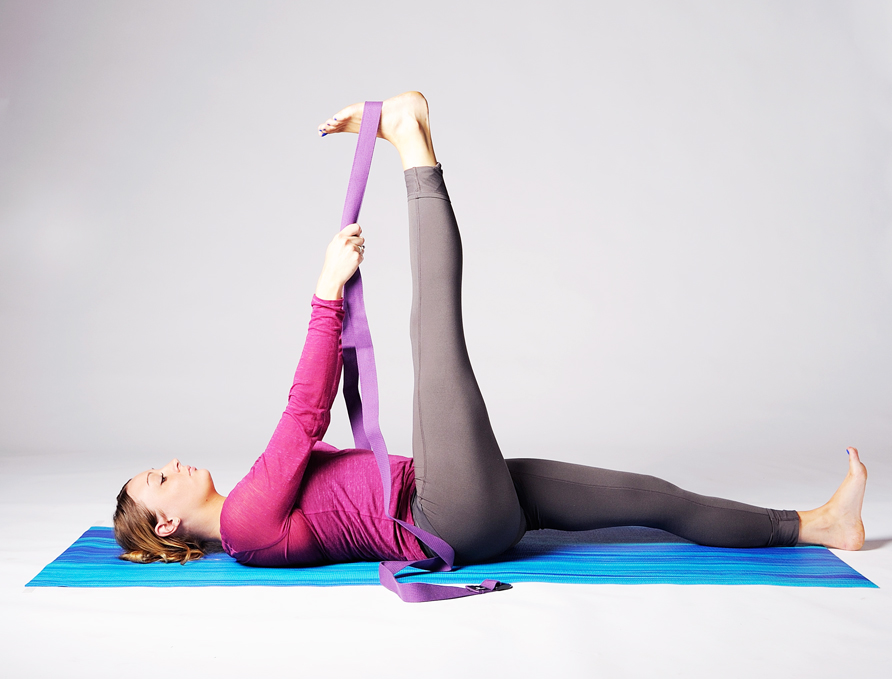
Today is World Fibromyalgia Awareness Day. In case you’re not familiar with fibromyalgia, here are some facts:
- According to the National Institutes of Health, some 5 million Americans suffer from fibromyalgia.
- Eighty to ninety percent of fibromyalgia sufferers are women.
- Fibromyalgia is most often first diagnosed in middle age.
So what is fibromyalgia? Here’s what the Mayo Clinic has to say:
“Fibromyalgia is a disorder characterized by widespread musculoskeletal pain accompanied by fatigue, sleep, memory and mood issues. Researchers believe that fibromyalgia amplifies painful sensations by affecting the way your brain processes pain signals.
“Symptoms sometimes begin after a physical trauma, surgery, infection or significant psychological stress. In other cases, symptoms gradually accumulate over time with no single triggering event.”
Because researchers have not yet identified a specific cause, fibromyalgia is classified as a syndrome rather than a disease. Researchers speculate that causes could include (also from the Mayo Clinic):
- Genetics: Because fibromyalgia tends to run in families, there may be certain genetic mutations that may make you more susceptible to developing the disorder.
- Infections: Some illnesses appear to trigger or aggravate fibromyalgia.
- Physical or emotional trauma: Fibromyalgia can sometimes be triggered by a physical trauma, such as a car accident. Psychological stress may also trigger the condition.
Yoga for Fibromyalgia Symptoms
The good news is that yoga practice has been shown to help relieve some of the syndrome’s discomforts. Yoga U Online cites a 2015 study that found that practicing gentle Hatha Yoga helped reduce symptoms by 30 percent.
In her 2008 book, Yoga for Fibromyalgia, author and longtime yoga teacher Shoosh Lettick Crotzer shares 26 poses that can help ease the pain, sleep issues and stress associated with the syndrome, along with specific sequences and tips on how to approach practice.
It’s All in the Approach
Your approach to asana practice influences the outcome of your practice. For example, when you practice with the intention of taming or conquering your body, you may often feel sore or tired after practice. When you practice with the intention of partnering with your body, your practice is more likely to refresh and replenish you.
If you suffer from fibromyalgia, your intention is especially important. It’s natural to sometimes feel that your body has betrayed you when you are in chronic pain. But an antagonistic relationship with your body is not helpful. As you approach your practice, remember to listen and partner with your body. Befriend your body as you practice.
Here’s a short practice that might help relieve some of the discomforts associated with fibromyalgia. Of course, before you embark on any sort of physical practice, please check in with your healthcare provider.
Yoga for Fibromyalgia: 6 Poses for Relaxation
- Start with Savasana. Take a few minutes to lie on the floor, check in with your body and relax. It doesn’t have to be a full-blown, 15-minute relaxation—you can save that for the end. But starting with Savasana can set an intention of ease.
- Marjarasana (Cat-Cow Pose): This sequence gently warms up your spine. Take it slow and easy.
- Adho Mukha Svanasana (Downward-Facing Dog): Downward-Facing Dog Pose is a full-body stretch. Move around and explore your joints in the pose. When you see a dog or cat practicing this pose, it looks sinuous and organic. They don’t freeze into a stone statue version of the pose. Let your joints move and feel free to keep your knees bent so that it’s easier to lengthen your spine.
- Supta Padangusthasana (Reclining Big Toe Stretch): This leg stretch can help ease sore hamstrings and calves.
- Jathara Parivarttanasana (Revolved Belly Pose): This supine twist is especially relaxing and can help relieve tension in your shoulders, back and hips. Make sure to focus on deep breathing.
- Savasana: Give yourself a full 15-20 minutes in Savasana. For extra comfort, try practicing Savasana with props.
Of course, there are lots of other poses that can be helpful. Shoosh Lettick Crotzer’s Yoga for Fibromyalgia is a great resource that offers lots of ideas for fashioning a practice that works for your unique body.
